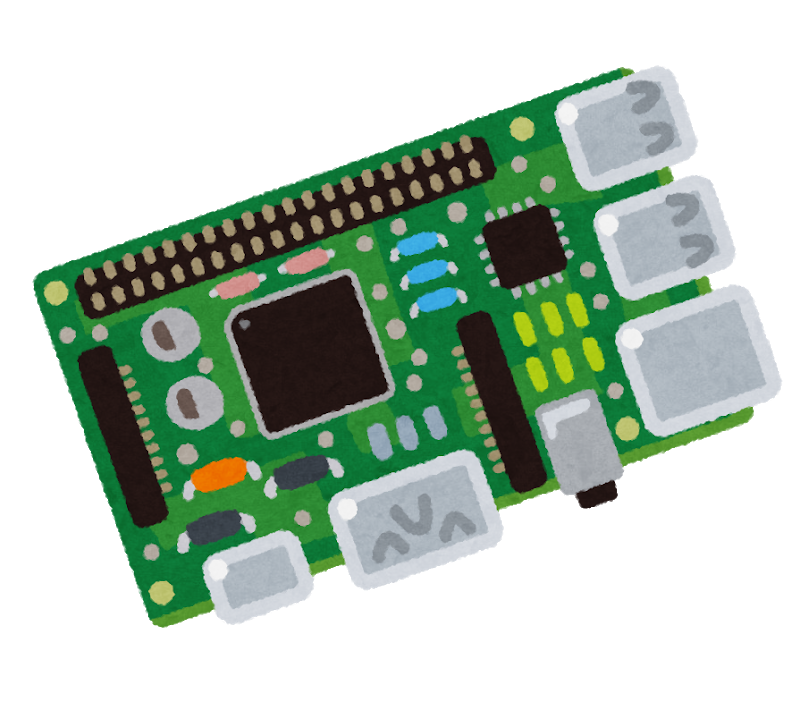

The Ryzen 2600 has a TDP of 65W. With a CPU with 35W TDP maybe a passive cooler like the Noctua NH-P1 would work. Still really hard to beat the efficiency of an ARM chip.


The Ryzen 2600 has a TDP of 65W. With a CPU with 35W TDP maybe a passive cooler like the Noctua NH-P1 would work. Still really hard to beat the efficiency of an ARM chip.


I think the biggest pull (for me at least) is a uniform shopping experience. I go directly to the manufacturer when possible and bypass Amazon but I do notice the rigmarole of how products are laid out differently on each site, some with or without a search feature, most without reviews (ratings are crap but sometimes reviewers can clear up ambiguity), each having their own checkout system (PayPal makes things a bit easier), and each has it’s own return policy which is rarely as good as Amazon.
I think setting up a standard API for finding products, getting their specs, reading their policies at a high level, and ordering with a single login would go a long way towards taking down Amazon. I see the solution more as a federated one where vendors either host their own instance or pay some percentage of sales or flat rate to list products on someone else’s instance.


Funny. My Jellyfin instance is working fine. 😏


Be aware you might have to resort to nftables if firewalld doesn’t work. I use localhost a lot and the routing rules are different in that case.


Please stop! I can only love my Linux machines so much!


We also can’t be bothered not to use their shitty tech. From the moment I wanted a Gmail replacement to the moment I signed up for a new service was like 6 months.


I think Bazzite is good for Linux newbies. Once you hit roadblocks (e.g. immutable files, sandboxes) you can choose to work around them or switch to a more vanilla Fedora distro. Most annoying thing I’ve run into, maybe not unique to Bazzite, is setting up port forwarding without having to use low-level rules that firewalld doesn’t detect.


An individual wouldn’t verify this but enough independent agencies or news orgs would probably care enough to verify a photo. For the vast majority we’re already too far gone to properly separate fiction an reality. If we can’t get into a courtroom and prove that a picture or video is fact or fiction then we’re REALLY fucked.


The point is to give photographers a “receipt” for their photos. If you don’t want the receipt it would be easy to scrub from photo metadata.


Actually seems easier (probably not at the state level) to mandate cameras and such digitally sign any media they create. No signature or verification, no trust.


I don’t know if it was overhyped or too expensive (or both) but Drobo seemed like a good consumer solution to this problem. The idea of being able to live swap drives and have it all handle redundancy, provisioning, recovery, and whatnot automatically is critical for making this a true “home appliance”.


Energy usage may not be astronomical right now but AI is going into everything. Like EVERYTHING! It’ll be running even when you don’t think it’s running, when you think it makes no sense to be running. Usage of AI itself will skyrocket and the fastest energy sources that can be acquired are likely to come first.


Thanks for mentioning Wolf. I’m pretty happy with Sunshine but I do have those occasions where it can’t stream because my monitor is turned off (upstairs) when I’m downstairs.


If I took this argument in good faith, also consider your behaviors can be used against you and your neighbor. I’ve heard people say TikTok knew they were bisexual before the user themself knew it. Massive amounts of data on human behavior can be used to sell you the newest phone or the newest infringement of your rights.
Let’s be honest, not all races are equal 🫲🍊🫱